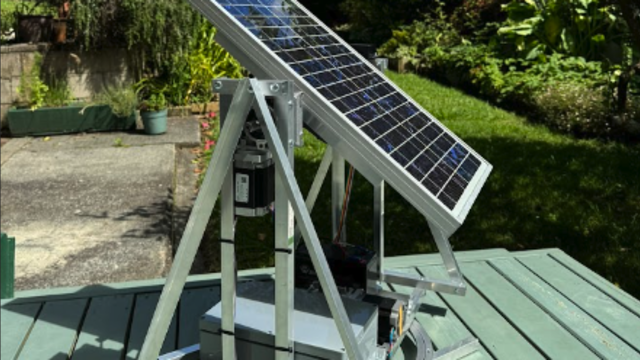Secondly, you’ll need a heated bed that can get up to 70°C. If you can meet these two requirements, and you can get PETG in a format that fits your printer (usually 1.75 or 2.85 mm filament), then you should be able to print PETG.
You need to prepare your print bed a little differently for printing PETG to ensure two things. Firstly, that you can get the filament to stick, and secondly, that you can get the final print off without damaging it. PETG sticks much more firmly than PLA, so don’t underestimate this.
The approach differs a little between bed types. For flexible beds (such as the magnetic beds on recent Prusa printers), removing the print is a little easier, so you may not need any special release agent on the bed. However, do check what bed preparation is recommended. For example, on Prusa PEI beds, it’s advised that you use the textured bed and clean with Windex or IPA (never acetone).
If you do anything to change the height of the bed (such as using a textured sheet or adding painter’s tape), don’t forget to adjust the Z axis accordingly either through relevelling or in firmware.
For glass beds or other ridged beds, you’ll need to think a little more about getting prints off. This usually means putting something on the bed, commonly blue painter’s tape or an adhesive like Magigoo. It’s worth experimenting with a few different options to see what works best for your setup.

Software settings
Your slicer should have a PETG setting, but it can be worth taking a bit of time to make sure you’ve got the settings as good as can be. A temperature tower will print a vertical structure at different temperatures so you can see how overhangs, bridges, and stringing are affected by temperature (there are several options available on Thingiverse).
PETG is more prone to stringing and blobbing than PLA. This can be solved either in print settings or post-processing. In print settings, you’ll need to tweak the temperature and retraction settings. Small stringing tests are available on most 3D model websites, and these should help you dial in your settings. In post-processing, you can use a heat gun, flush cutters, or scrape a blade across the surface to remove these artefacts (though be careful if using a blade).
You may find that your hot end has a more difficult time holding a stable temperature with PETG than with PLA, as the required temperatures are higher. If you notice fluctuations, slow the print down a little. Less plastic flowing through the extruder will make it easier for it to hold the temperature.
As with many things in 3D printing, there aren’t any absolutes, and printers all behave a little differently, so the best thing is to experiment with settings until you find ones that work for you. Happy printing!

When is PETG appropriate?
No printer filament is perfect, and often we’re not looking for one with perfect properties, but the most applicable properties to our application. Let’s take a look at the good and bad aspects of PETG:
The good
• More impact resistant than PLA.
• Slightly more flexible than PLA.
• More temperature resistant than PLA.
• More forgiving than ABS (and most other higher strength filaments) when printing.
• The translucent colour can give a nice effect.
The bad
• At the time of writing, global supply is low due to its use in medical applications. Consider using a different filament until supply improves, unless it’s essential.
• Unlike PLA, it’s not biodegradable.
• A little less forgiving than PLA.
• Can be difficult to remove from the heat bed.
• Not all printers can achieve the necessary temperatures.







